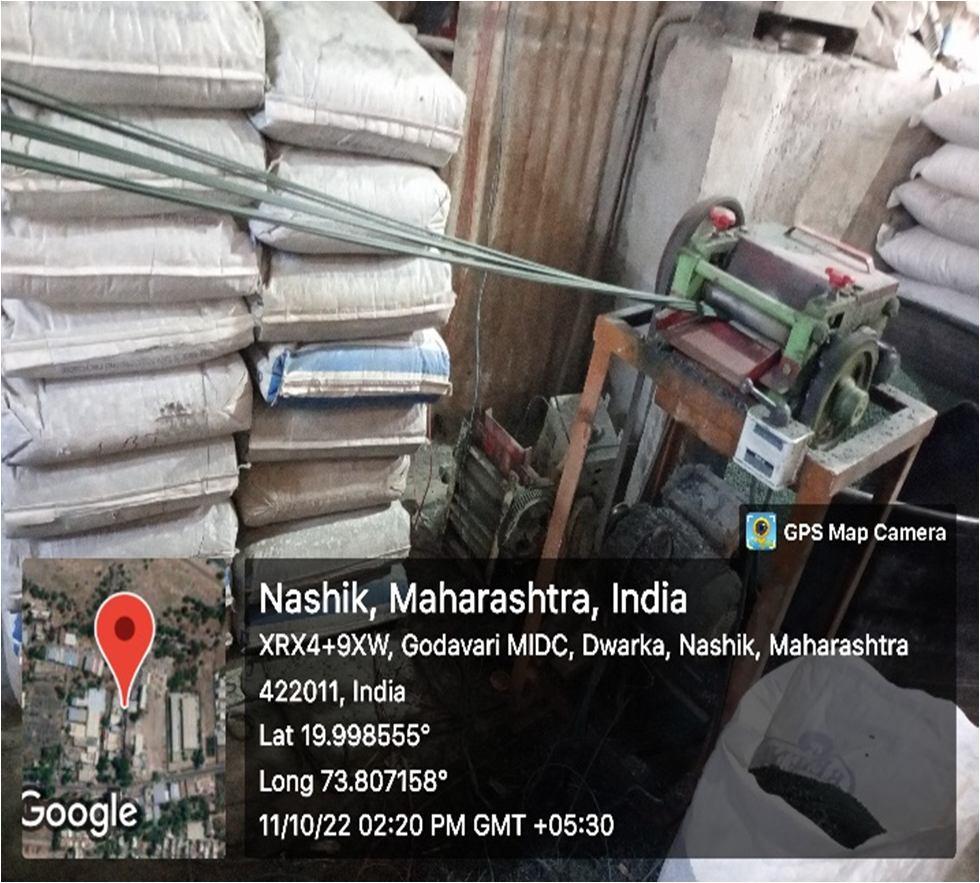
5 minute read
International Journal for Research in Applied Science & Engineering Technology (IJRASET)
from Experimental Analysis of Polymer Insertion in Bricks Formation Under Sustainable Development
by IJRASET

ISSN: 2321-9653; IC Value: 45.98; SJ Impact Factor: 7.538
Advertisement
Volume 11 Issue IV Apr 2023- Available at www.ijraset.com
IV. PROCESS OF MAKING PLASTIC GRAINS
1) Scrap: First of all scrap of different type of plastic is been stored together the scrap which is collected is not generally clean most of the scrap include plastic like (PP)Polypropylene, (HDPE)High density polythene, (LDPE)Low density polythene. These types of plastics are used in day to day life.
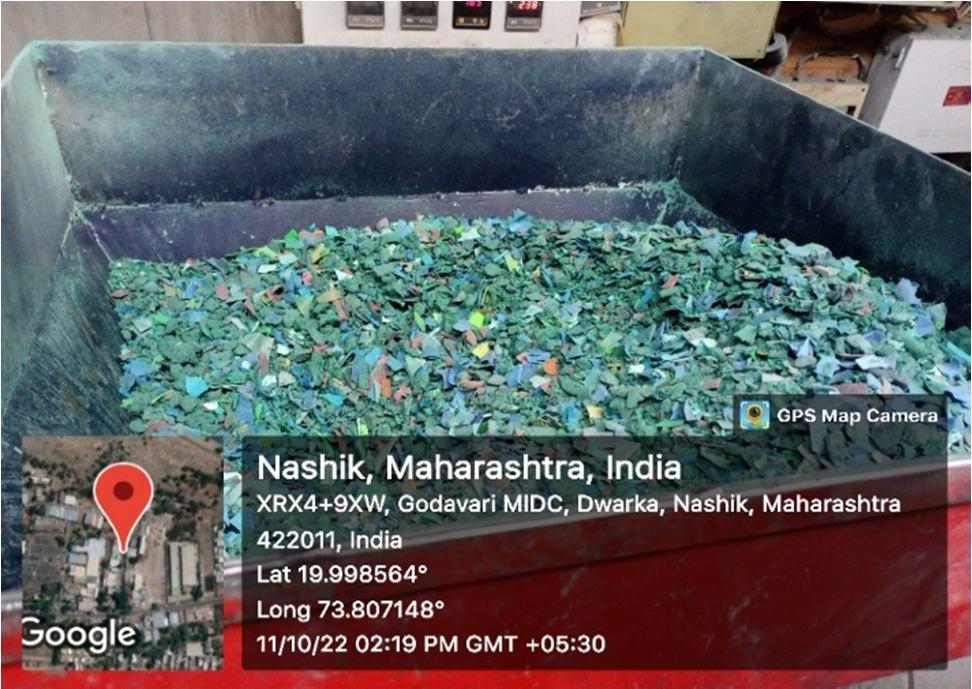
2) Washing: As scrap which has been collected in not generally clean washing process is been done to clean all the scrap which has been collected
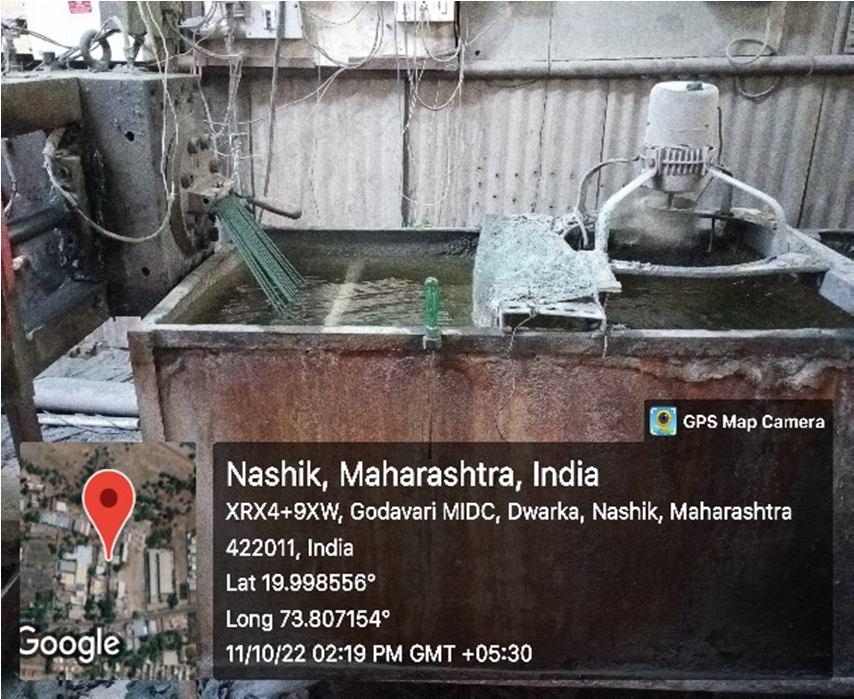
3) Mixing: Once the scrap has been clean a very little amount of moisture is present in scrap to remove this moisture mixing process is done du to which the remaining moisture which is present in scraps also gets removed
4) Extruder: After mixing the final stage of the process is extruding in this process the scrap from which moisture has been removed gets in extruder from which it comes out in long wire type form and as it goes further it gets cuts due to cutter as thus grains are formed from it.
A.
HDPE (High Density Polythene)
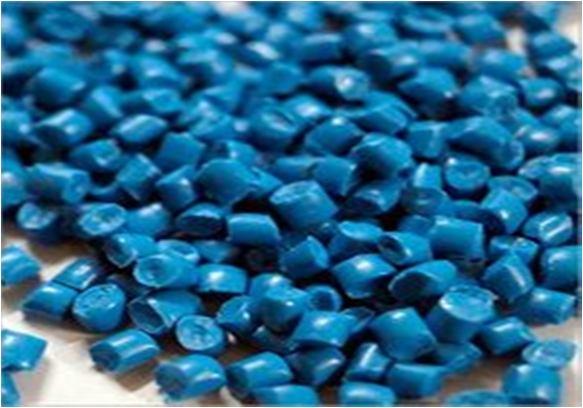
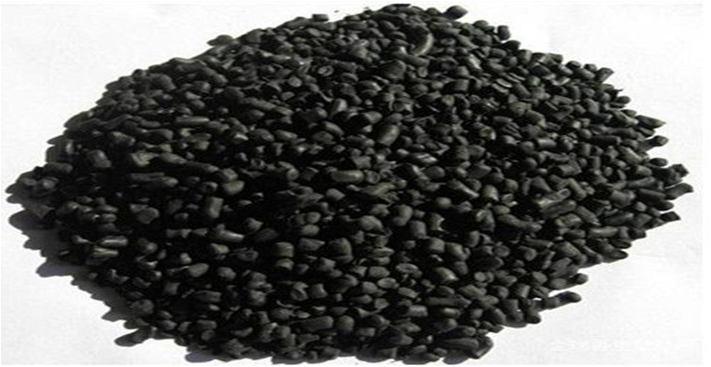
ISSN: 2321-9653; IC Value: 45.98; SJ Impact Factor: 7.538

Volume 11 Issue IV Apr 2023- Available at www.ijraset.com
V. SELECTED POLYMER GRAINS
High Density Poly Ethylene (HDPE) is a thermoplastic polymer made petroleum. AS one of the most versatile plastic materials around ,HDPE plastic is used in a wide variety of applications, including plastic bottles ,milk jugs , shampoo bottles , bleach bottles, cutting boards, and piping . Known for its outstanding tensile strength and large strength to density ratio, HDPE plastic has a high impact resistance and melting point.
Beside its use foe food applications, it can be found in unusual places, including:
1) Wood plastic composites
2) Plastic surgery, specifically skeletal and facial reconstruction
3) Snowboard
4) Shoe lasts
5) 3-D printing filament
6) Food and beverage containers
High-density polyethylene, or HDPE, is a type of plastic that’s tougher and stronger and can endure higher temperatures than most other polymers. This durable plastic is used in a wide variety of applications, from transporting water to storing school books while students are in class. But those who aren’t familiar with this versatile material or who have had negative experiences with other materials in the past might be concerned about the product’s safety.
B. LDPE (Low Density Polyethylene)
Low density polyethylene (LDPE) is a thermoplastic made from the monomer ethylene . It was first grade of polyethylene , produce in 1933 by Imperial Chemical industries (ICI)using a high pressure via free radical polymerization. Its manufacture employs the same method today. LDPE’s lower density and branched molecules give it somewhat different properties than HDPE, although they do share some similar uses, such as packaging. LDPE/HDPE differences typically cause them to be collected separately for recycling … but not always LDPE is resistant to impact (doesn’t break easily), moisture (water proof), and chemicals (can stand up to many hazardous materials). What happens to all that LDPE collected for recycling? When recycled, LDPE is given a second chance to live on as other useful products, such as:
1) Shipping envelopes
2) Garbage can liners
3) Floor tile
4) Paneling
5) Furniture
6) Compost bins
7) Trash cans
8) Landscape timber
9) Outdoor lumber
ISSN: 2321-9653; IC Value: 45.98; SJ Impact Factor: 7.538

Volume 11 Issue IV Apr 2023- Available at www.ijraset.com
C. PP(Polypropylene)
(PP) also known as polypropylene is a thermoplastic polymer used in a wide variety of applications. It is produced via chain-growth polymerization from the monomer propylene . Polypropylene belongs to the group of polyolefins and is partially crystalline and non-polar. Its properties are similar to polyethylene, but it is slightly harder and more heat resistant. It is white, mechanically rugged material and has a high chemical resistance. Polymer used in a wide variety of applications. It is produced via chain-growth polymerization from the monomer propylene. Polypropylene belongs to the group of polyolefins and is partially crystalline. PP has become a material of choice, especially when you are looking for a polymer with superior strength (e.g., vs Polyamide) in engineering applications or simply looking for cost advantage in blow molding bottles (vs. PET).
Depending how it is produced and formulated, polypropylene can be:
1) Hard or soft,
2) Opaque or transparent,
3) Light or heavy,
4) Insulating or conductive,
5) Neat or reinforced with cheap mineral fillers, short or long glass fibers, natural fibers or even self-reinforced.
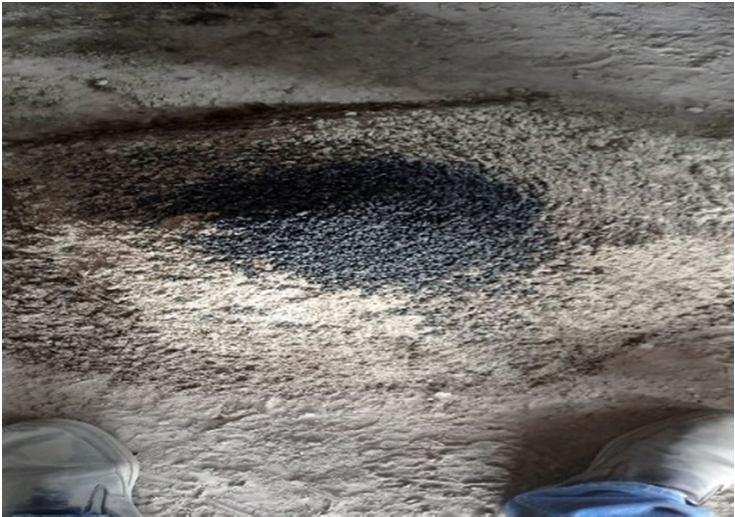
6) Polypropylene is a type of polyolefin which is slightly harder than polyethylene. It is a commodity plastic with low density and high heat resistance. Its chemical formula is (C3H6)n. It finds application in packaging, automotive, consumer good, medical, cast films, etc.
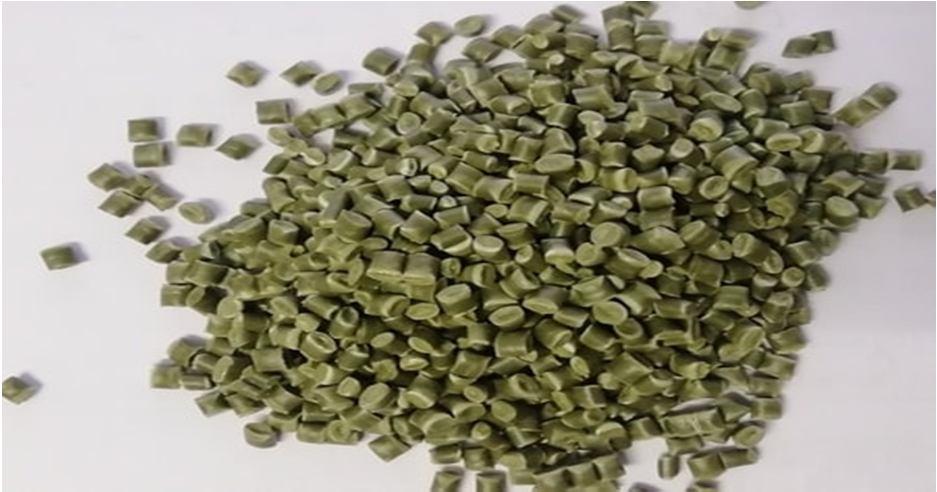
VI. PROCESS FOR MAKING POLYMER BRICKS
1) In our project we have manufactured bricks by using polymer grains first after selection of polymer grains we mixed it with all the required ingredients that needs for making concrete brick like cement, ash, grate, water and along with it we have mixed polymer gains it we have taken 5gm of polymer for each type and then increased their strength for every type with 5gm for Example: 5gm of (HDPE) High density polymer 10 bricks 10gm of (HDPE) 10 bricks and so on till 50gm of each polymer type.
2) Then all the polymer bricks are tested according to normal bricks such as compression test, water absorption test, soundness test and also they are kept in oven.
3) After all this test we will compare its properties with normal bricks and then we can come to a conclusion weather the bricks can be used for construction or not.
4) We have manufacture total of 300 concrete bricks with 3 types of polymer each type of polymer has 100 bricks in total
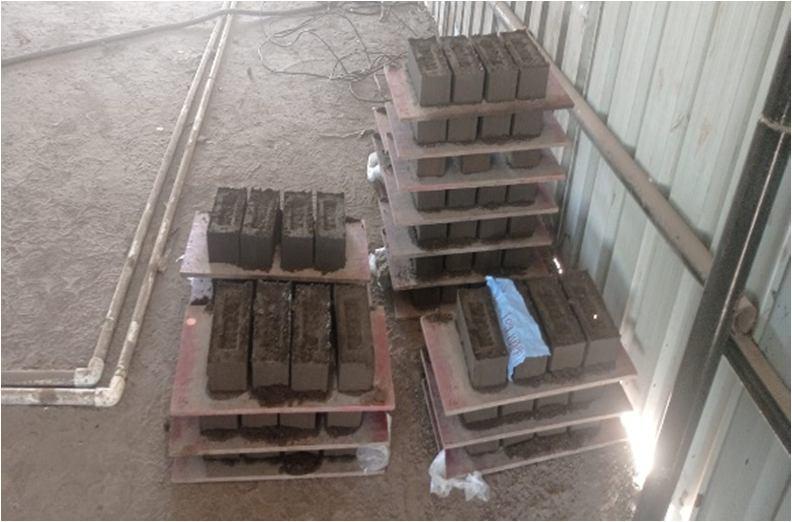
International Journal for Research in Applied Science & Engineering Technology (IJRASET)

ISSN: 2321-9653; IC Value: 45.98; SJ Impact Factor: 7.538
Volume 11 Issue IV Apr 2023- Available at www.ijraset.com
VII. CONCLUSION
1) Waste plastic, which is available everywhere, may be put to an effective use in brick making Plastic bricks can help reduce the environmental pollution, thereby making the environment clean and healthy.


2) Plastic bricks give an alternative option of bricks to the customers.
3) Local people of these areas will be free from the hazardous issues of waste around them and this brick will be used for redesigning their houses which used to get washed away in the monsoon season.
4) This project is an innovative and new idea in itself because it deals with the problem at a very macro level but solves it in a very micro perspective view.
5) This project can be further implemented in the other parts of the world after its success in india.
6) We conclude that the plastic sand bricks are useful for the construction industry when we compare with Fly Ash bricks and polymer brick
References
[1] Dinesh S; Dinesh A; and Kirubhakaran K., “Utilisation of Waste Plastic in Manufacturing of Bricks and Paver Blocks” International Journal of Applied Engineering Research, Vol.2 (4), pp. 364- 368.
[2] Nitin Goyal ; Manisha., “Constructing structures using eco-bricks”, International Journal of Recent Trends in Engineering & Research, Vol.2(4), pp. 159-164.
[3] Maneeth P D; Pramod K; Kishor Kumar; and Shanmukha Shetty., “Utilization of Waste Plastic in Manufacturing of Plastic-Soil Bricks” International Journal of Engineering Research & Technology, Vol.3 (8), pp.529-536.
[4] Puttaraj M.H; Shanmukha S; NavaneethRai.P.G; and Prathima.T.B, “Utilization of Waste Plastic In Manufacturing of plastic-Soil Bricks” International Journal of Technology Enhancement and Emerging Engineering Research, Vol. 2(4), pp. 102-107.


